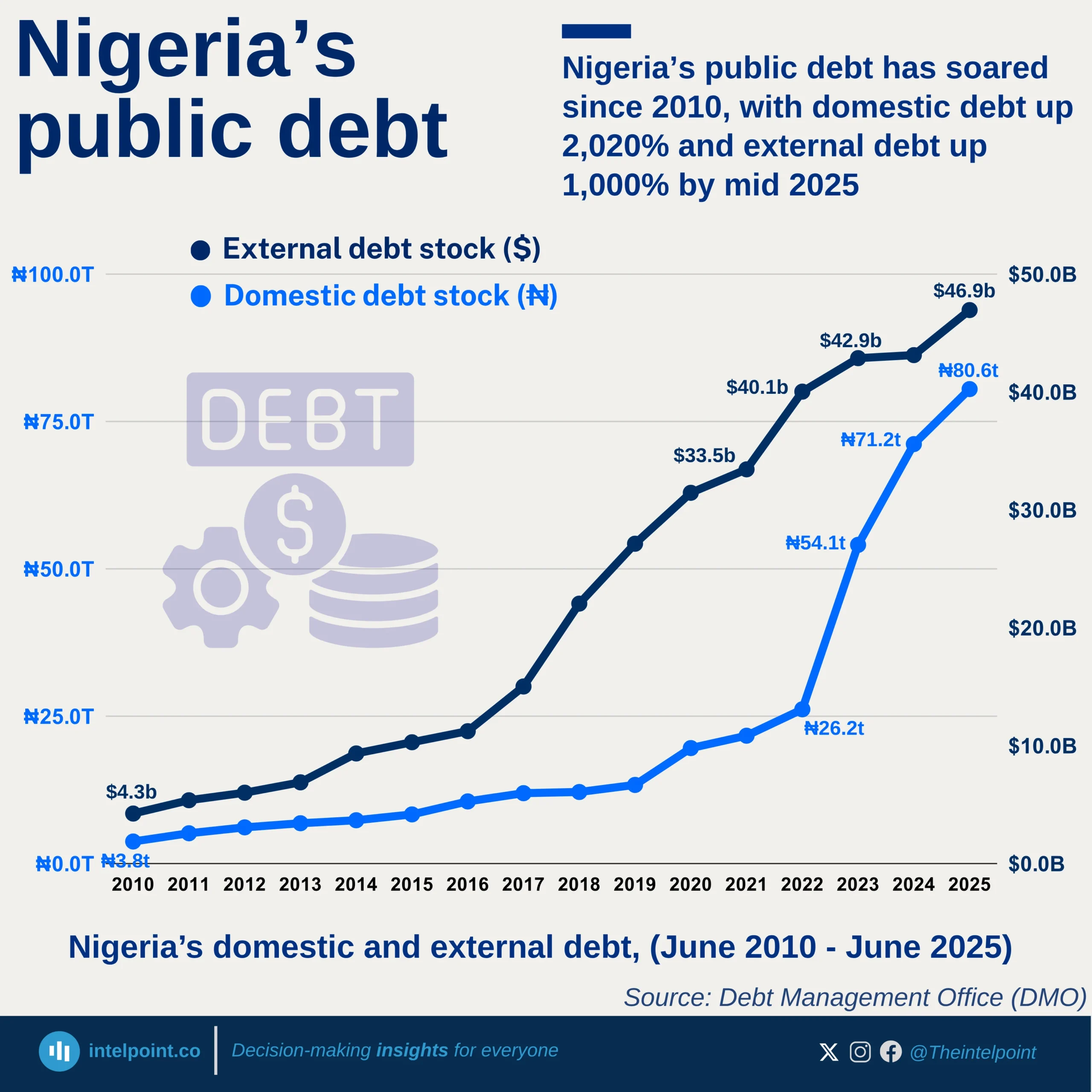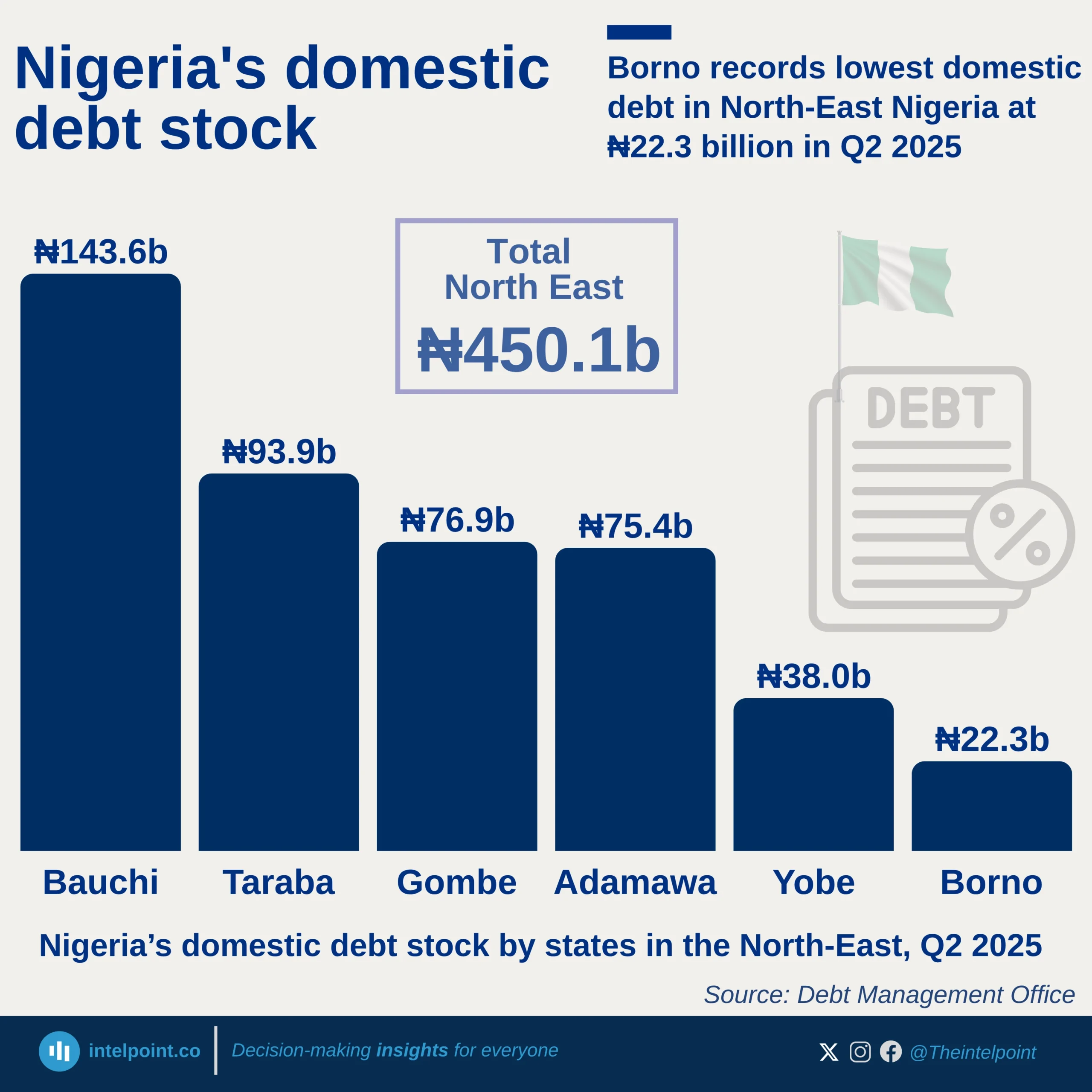Nigeria’s H-1B visa issuances in FY 2024 highlight both consistency and volatility in the flow of skilled professionals to the U.S. A total of 880 approvals were recorded, with December 2023 standing out as the peak month at 118 and June 2024 dipping to just 46. The year’s monthly average of 73 approvals reflects a steady stream of Nigerian talent finding pathways into specialised roles abroad, even though the numbers swing significantly from month to month. This steady outflow underscores Nigeria’s role as Africa’s top contributor of highly skilled professionals to the U.S., even as the country’s total remains modest compared with global leaders like India and China.





